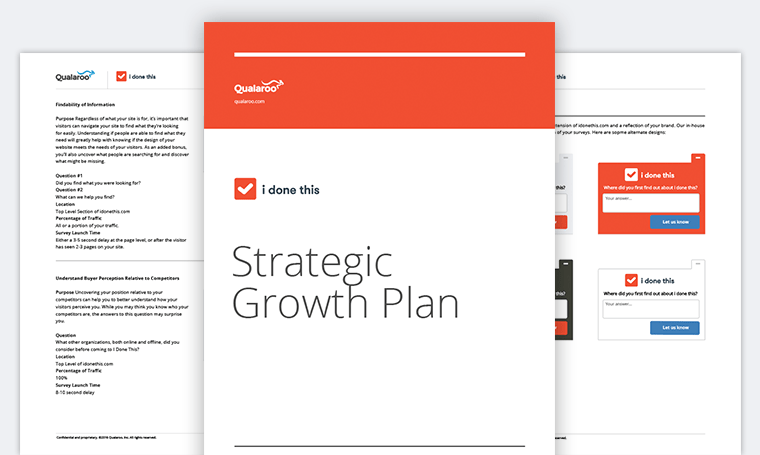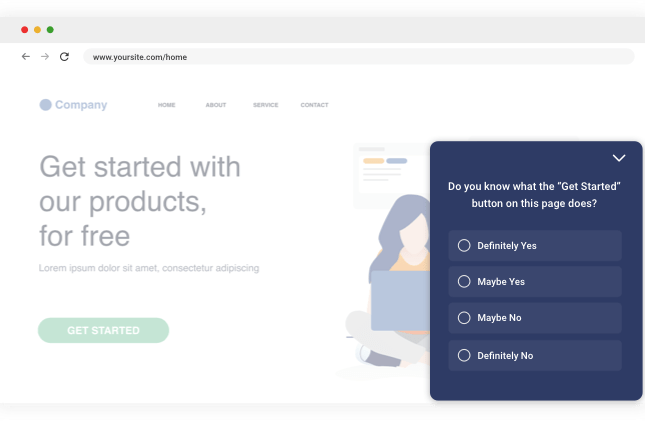Written and contributed by Valerie Rutan, Sales @ Qualaroo
The rise in digital spend for marketers continues to increase year over year with so many channels to choose from – pay per click models, search engine optimization, decreasing bounce rate, content marketing and everything in between. In fact, according to Forrester Research,
“By 2021, CMOs will spend nearly $119 billion on search marketing, display advertising, online video, and email marketing.” (source)
While digital marketing has obvious benefits — reduced costs, measurability, targeted messages — offline marketing efforts still make up a majority of spend for global advertising. While it’s important to nail down your digital strategy, big brands shouldn’t ignore the more traditional marketing methods.
Even in today’s digital world, offline marketing will still continue to have a seat at the table for the foreseeable future. Recently on CNBC,
“Half of all global advertising dollars will be spent online by 2020, matching the worldwide combined “offline” ad spend, such as TV, print ads and billboard posters, according to forecasts.”
And more and more companies are finding ways for offline and online marketing activities to work together.
While it is much more difficult to specifically measure offline marketing, such as billboards or radio ads, it’s still a great avenue to increase your brand’s awareness. However, offline advertising has one major flaw that can be large enough to scare away marketing teams – the lack of measurability of these campaigns.
How can the head of marketing convince their CEO to spend money on offline advertising when it’s virtually impossible to prove ROI on these efforts? You don’t know if your recently converted customer decided to purchase because they were influenced by a TV ad or billboard ad. With digital marketing, it’s easy to accurately track conversions, return on ad spend, and ultimately the effectiveness using analytic tools like Google Analytics or Adobe Analytics. However, what about the “unknown” or “direct” traffic in your acquisition funnel?
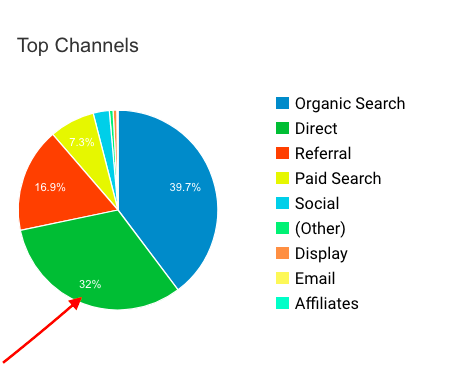
If you’re doing offline marketing, it’s almost guaranteed your ads are having an influence on your conversions. But how do you prove it?
Here are 3 great ways to start proving ROI on your offline marketing efforts.
1. Geo Targeted Landing Pages
One of the most effective ways to combine traditional digital marketing analytics with offline advertising efforts is through customized landing pages. When you’re running offline marketing programs in specific geo locations, you can customize the content on your homepage to alter depending on where the user is visiting your website from. You can do this using A/B test tools like Optimizely or Google Optimize.
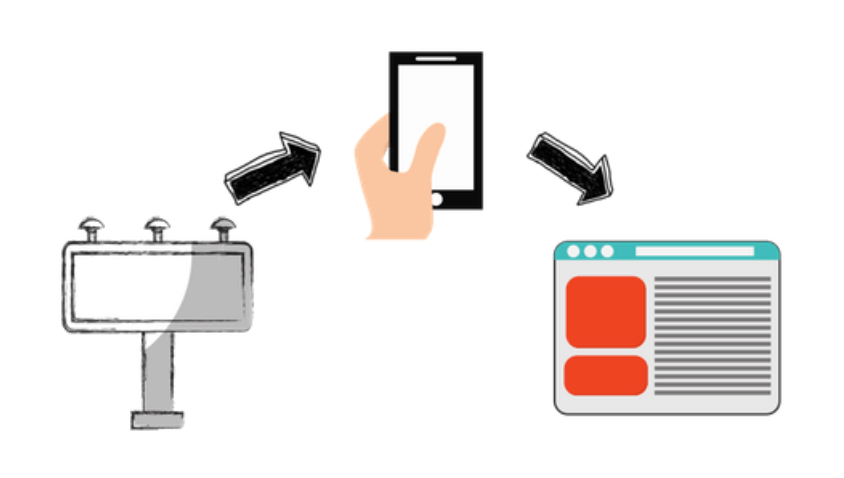
By creating custom landing pages, you can focus on the main goal of the ad and retarget it to the specific audience that may be interested in the campaign.
From here, you can look at your traffic and conversion data in this particular location and run a comparison to the rest of the traffic segments by location not running offline marketing programs. By marrying this data with the geographic location of where your ads are running, you’ll be able to paint a better picture of the effectiveness of your campaign.
Read this article on how to build effective landing pages.
2. Promotional Codes
Creating customized content by geolocation might not always work because you might be running offline marketing programs not specific to a geo location but more specific to a buyer persona, industry or other segment other than geolocation. A great way to see the impact of your offline marketing programs such as print media is by adding a specific coupon code to the ad. For example, use coupon code NYTIMES10 for 10% off your next purchase.

Another great mechanism is to use QR codes. With the introduction of QR codes, you can easily bring your customer “online” through your offline efforts. Keeping these coupon codes or QR codes relevant, short and simple are are key to success here. You also want to make sure you do your research on your demographic and ensure that QR codes are something that are commonly used by your target audience.
We like QR Code generator because of it’s design customization capabilities and the tracking analytics you receive. You can also use Beaconstac’s QR Code Tracking as it’s easy to analyze and make rapid iterations to campaigns as well.
3. Just Ask!
Many Qualaroo customers such as TripAdvisor and Glassdoor utilize offline marketing channels such as TV. Arguably the easiest way to track promotional campaigns is to ask how customers heard about your business when they’re interacting with your website or app. Through sampling and intelligent targeting, you can discern which of your offline advertising channels are bringing in the most website visitors and tie this back to conversions.
To start, you can run a short survey integrated within your website targeting only direct traffic, excluding all other traffic that came in through a digital marketing channel like paid search or referring URL.
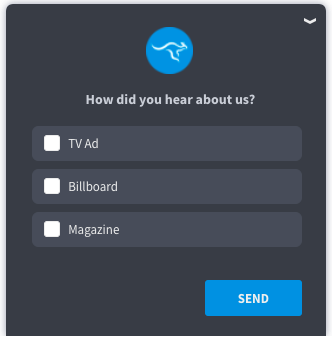
A Case Study: How a Singapore based company learned how users found their mobile app.
A Singapore based Qualaroo customer was gearing up for the launch of their mobile app. As part of their big launch, they designated a large percentage of their marketing budget to offline marketing activities such as – fliers, billboards, TV ads and booths across the city. To determine which of these channels brought in the highest amount of traffic, they asked their users. Upon release of their new app, visitors were prompted to complete a short, light touch survey asking how they found out about the app. This survey was mandatory in the setup process of the app and helped shaped their marketing efforts moving forward.
Asking your users how they found about you is the best way to understand the performance of your offline marketing channels but before you ask, make sure to:
-
Only ask the segment of your traffic that is not attributed to a digital marketing channel (direct traffic for example).
-
Focus your offline marketing programs towards specific products, features or targeted landing pages.
-
If you want to understand multi touch attribution, customize your question pertaining to last touch conversion channel. For example, “you found us through keyword xyz, what else influenced your purchase decision?”
You’ll be surprised how these interactions with your brand help spread the world and create virality.
FREE. All Features. FOREVER!
Try our Forever FREE account with all premium features!



